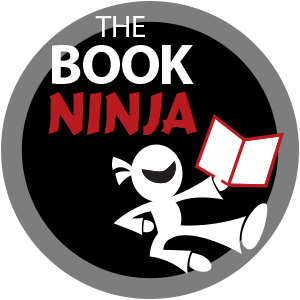My answer to this question is usually a very short question… Do you want to sell your book?
ISBN, acronym for International Standard Book Number, is the method by which book sales are tracked by all retailers in the book sales industry, including Barnes and Noble, Books-A-Million, Amazon.com, independent book stores, and major department stores like Walmart and Target. If you want to sell your book through any of these channels, you must have an ISBN.
Here are some pointers for obtaining and using ISBNs:
The ISBN is a Number, Not the Barcode
The ISBN is the International Standard Book Number, not the barcode usually appearing on the back of the book. The barcode is a scannable code created by the book designer (or purchased by the publisher) embedded with the ISBN and sometimes the price of the book.
It Tells Who You Are
Inside the ISBN are codes that tell who the publisher is, the number of ISBNs that publisher owns (aka: whether the book is self-published, indie published, published by a small publisher, or a major publishing house) and how many books this publisher has published. These numbers can help you if you indie publish and want to get stocked in bookstores. Or they can hurt you if you self-published through a vanity “self-publishing” services company.
It is Free… Unless You’re in the USA
ISBNs for those residing in the USA are $150 for one or $250 for a block of ten. For Canada and Europe, ISBNs can be obtained through your country’s registrar for free. See the next point for why you should consider purchasing a block of ten if you live in the USA.
Each Format Requires its Own ISBN
If you plan to publish your book in both paperback and eBook formats, each format requires its own ISBN. If you’re in the USA, you have a choice. You can purchase two ISBNs individually for $150 each. Or you can purchase a block of ten for $250 and instantly save yourself $50. If you’re outside the USA and you live in a country where ISBNs are free, this doesn’t matter.
It’s not permitted to sell or give away your ISBNs
According to the ISBN Agency, your ISBNs are registered to the company or individual’s name you purchased them under. You cannot share, give away or sell your ISBNs to anyone else – even family members. This is a crucial mistake self-publishers often make and it causes many issues once books begin to sell, as tracking is difficult and payments are made to the publisher the ISBN is registered to.
It Belongs on the Back Cover
An easy way to tell if a book is self-published and if the cover isn’t designed by a professional book cover designer is if the ISBN is in the wrong spot. According to the ISBN Agency’s guidelines, the ISBN barcode must be on the lower portion of the book’s back cover, .375-inch to ½-inch from the bottom and either left edge or spine of the book. When in doubt, pull a traditionally-published book off your bookshelf and see where the ISBN and barcode are placed.
***
Photo Credit: Flickr, actualitte (darkened)


When I took my first book to Barnes and Noble to ask if they would stock it, they asked first, “have you already published a book?” (yes), the very next question was, “do you have an ISBN?”
Thanks, Kristen, for setting me up properly. I now have 2 books in Barnes and Noble!